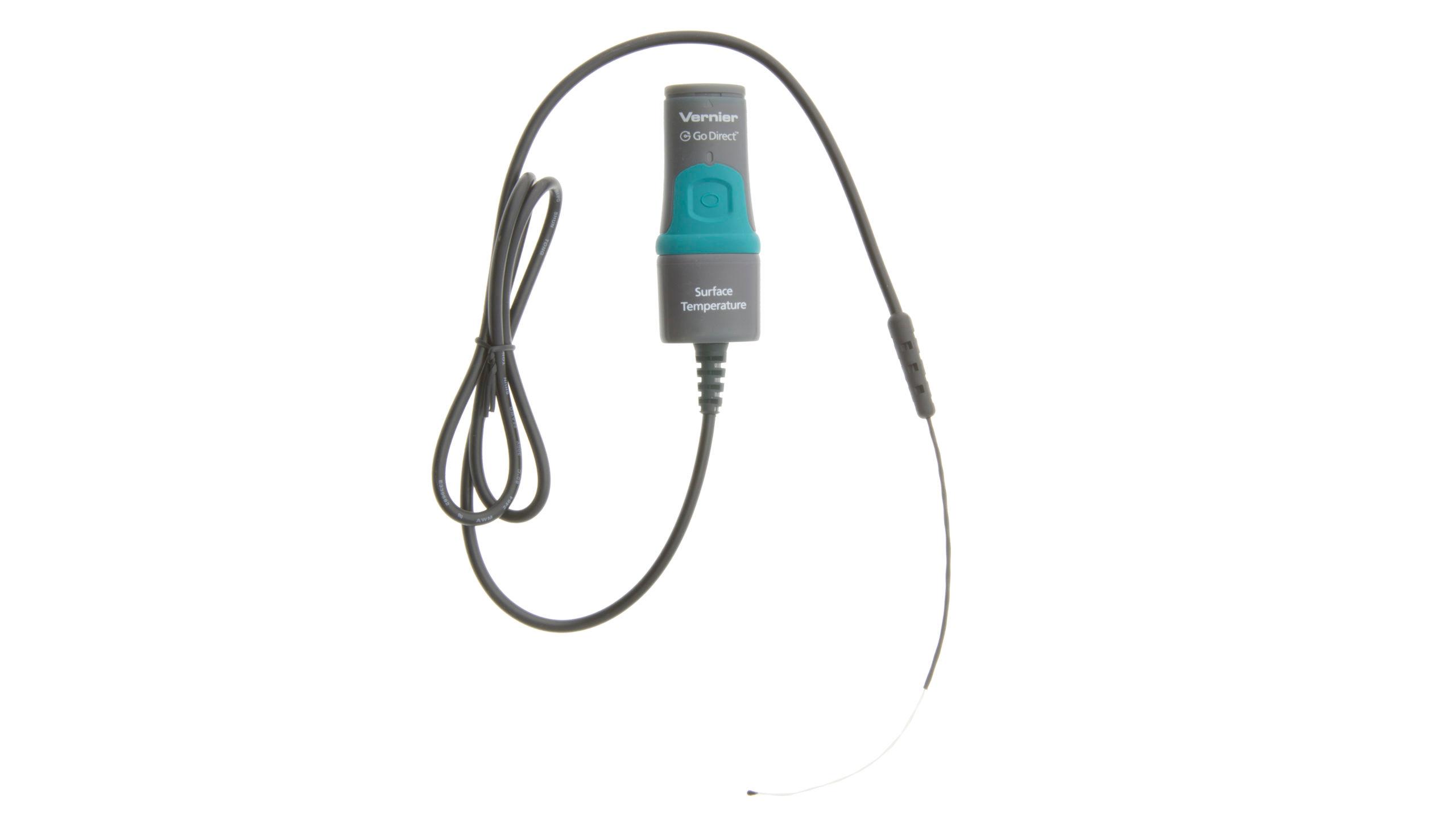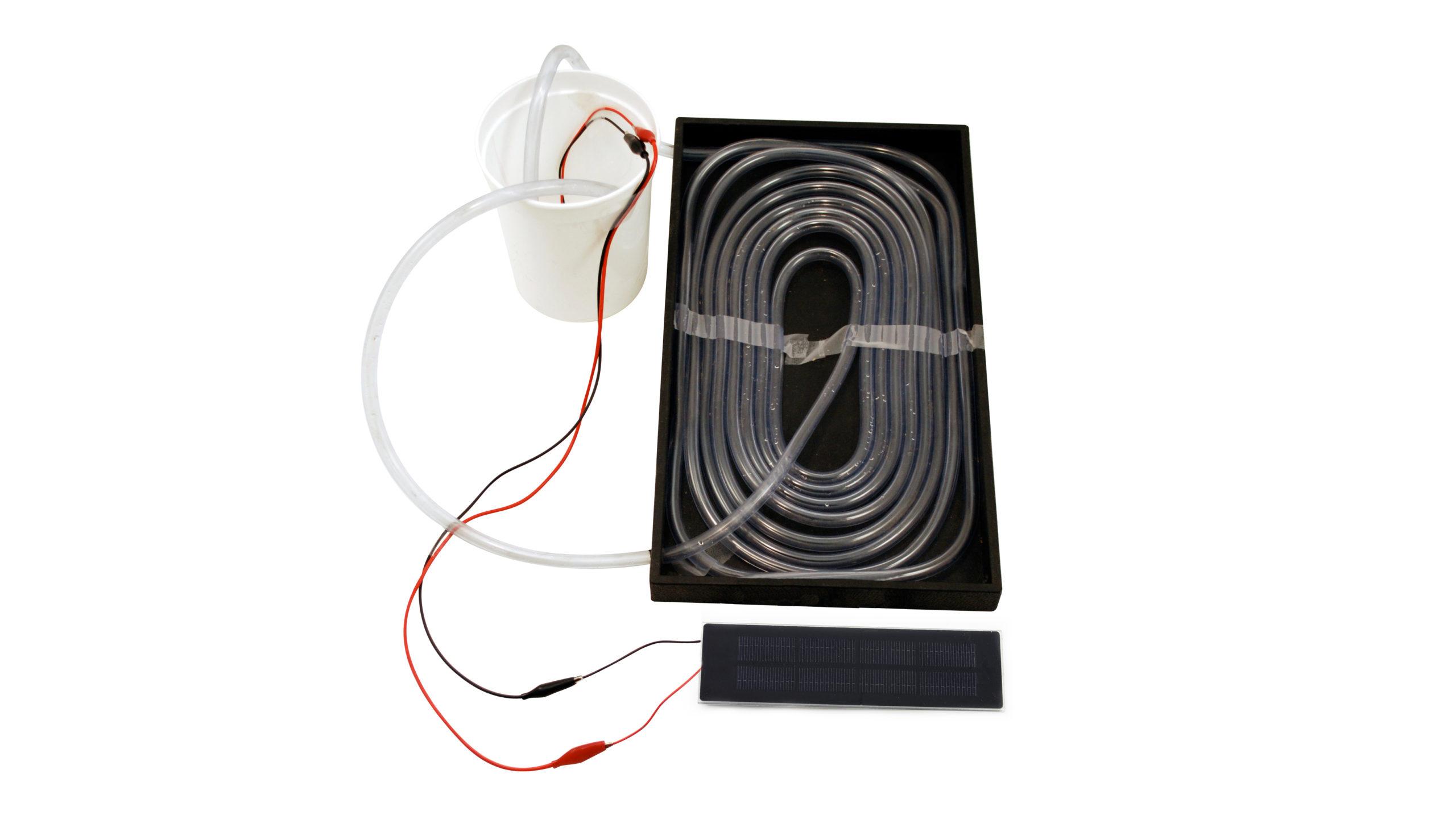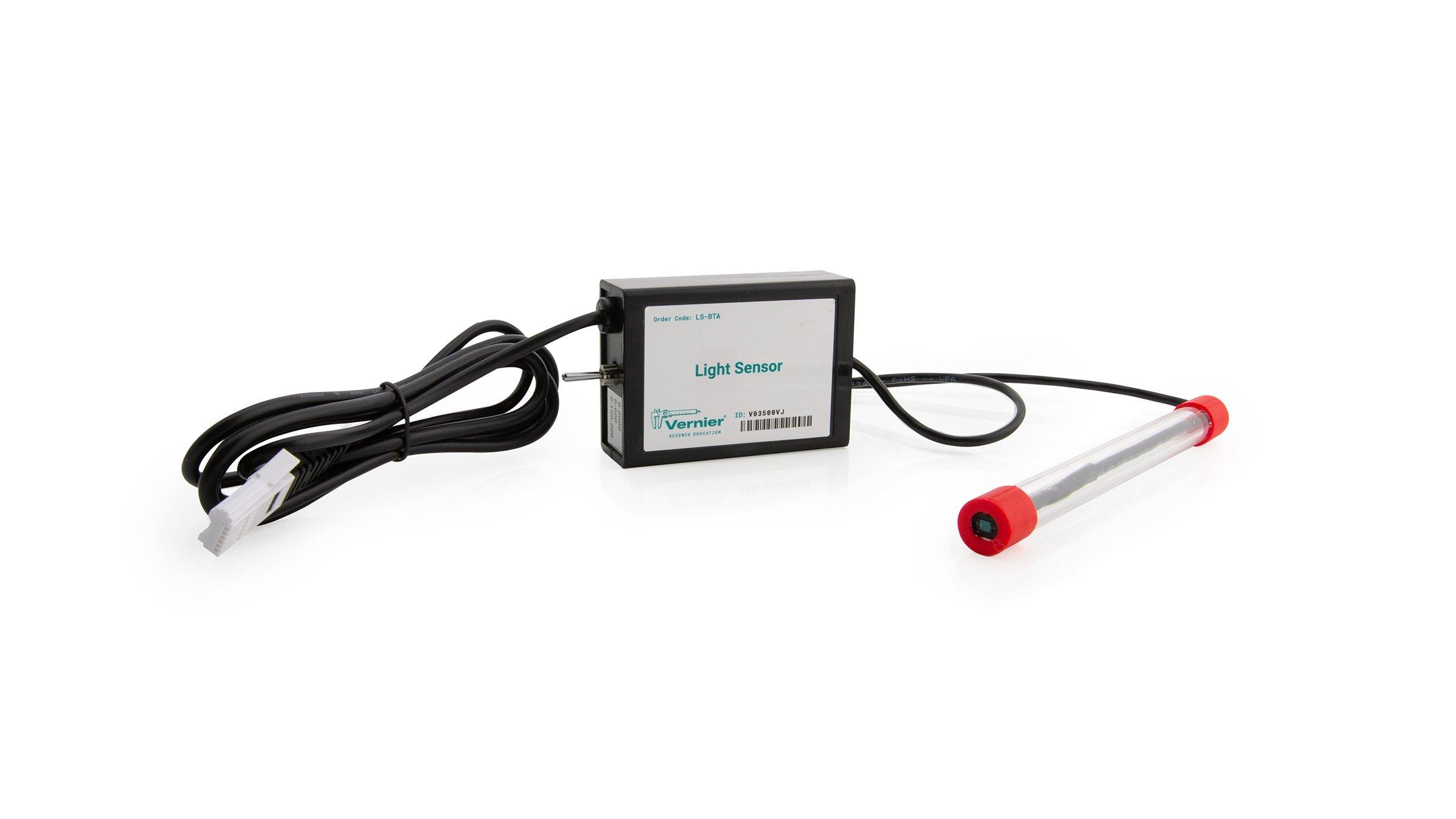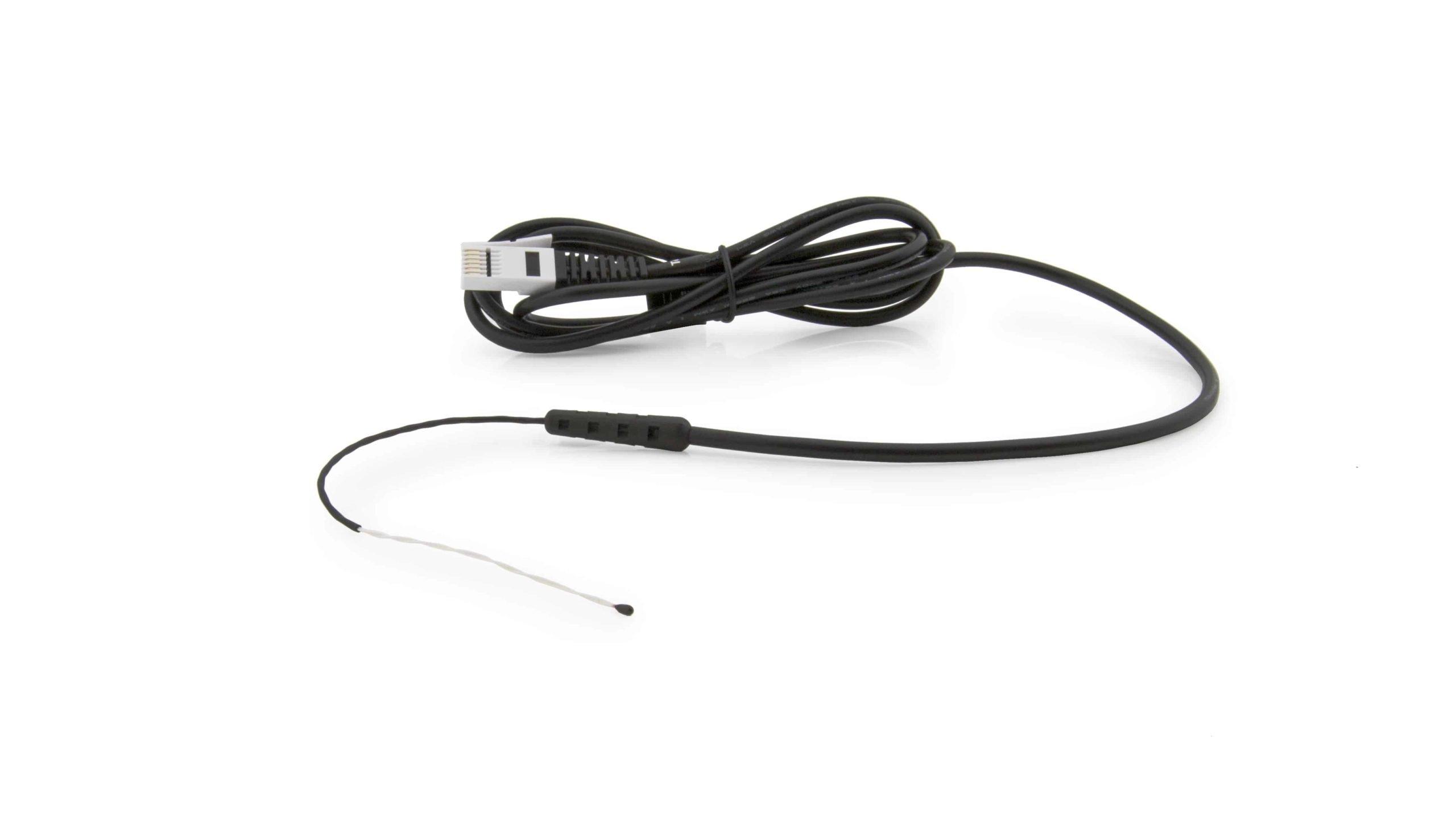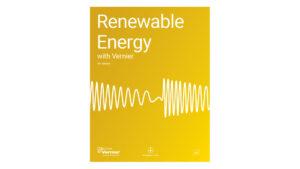Exploring Solar Collectors
Experiment #24 from Renewable Energy with Vernier
- Education Level
- High School
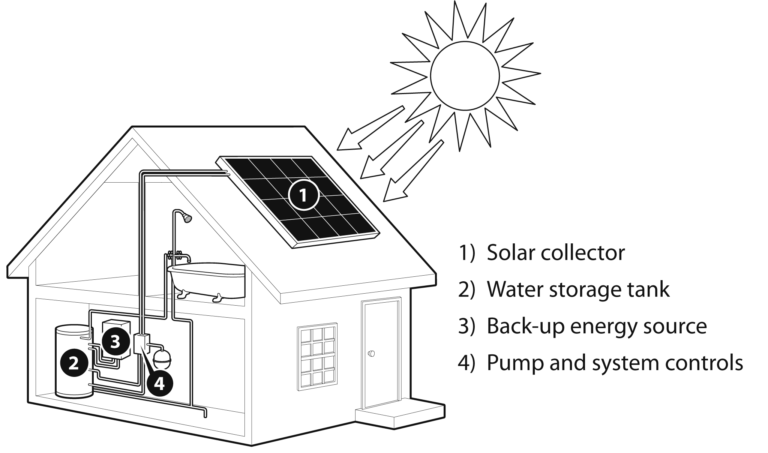
Introduction
Using the sun to heat water is not a new idea. Humans have been harnessing the thermal energy of the sun for centuries. Today, solar thermal systems are found on rooftops around the world, providing affordable, pollution-free hot water for millions of people.
In most US homes, water is heated using electricity, natural gas, or oil. Since most of our electricity is generated from fossil fuels, it is safe to say that most water in the United States is heated using energy from fossil fuels. The burning of fossil fuels releases pollution into the environment and is believed to contribute to global climate change.
Since it takes a large amount of energy to heat water, it can be a significant portion of our energy bills. Replacing a traditional water heater with a device that can heat water using energy from the sun is not only good for the environment, it can also be a great way to save money on your energy bill.
Solar collectors take advantage of the greenhouse effect in order to heat water. Have you ever noticed how surprisingly warm it is inside a car that has been parked in the sun? Sunlight easily passes through the glass windows and is converted into heat when it hits the interior of the car. Some of that heat passes back through the glass, but a lot of it gets trapped inside. In a solar collector, this trapped heat warms the water that is circulating through the system.
Objectives
- Use a light sensor to measure reflected light.
- Use a temperature sensor to measure changes in temperature.
- Calculate percent reflectivity of various colors.
- Use results to design and set up a solar collector.
- Determine the temperature change of the water in a solar collector.
Sensors and Equipment
This experiment features the following sensors and equipment. Additional equipment may be required.
Ready to Experiment?
Ask an Expert
Get answers to your questions about how to teach this experiment with our support team.
- Call toll-free: 888-837-6437
- Chat with Us
- Email support@vernier.com
Purchase the Lab Book
This experiment is #24 of Renewable Energy with Vernier. The experiment in the book includes student instructions as well as instructor information for set up, helpful hints, and sample graphs and data.


